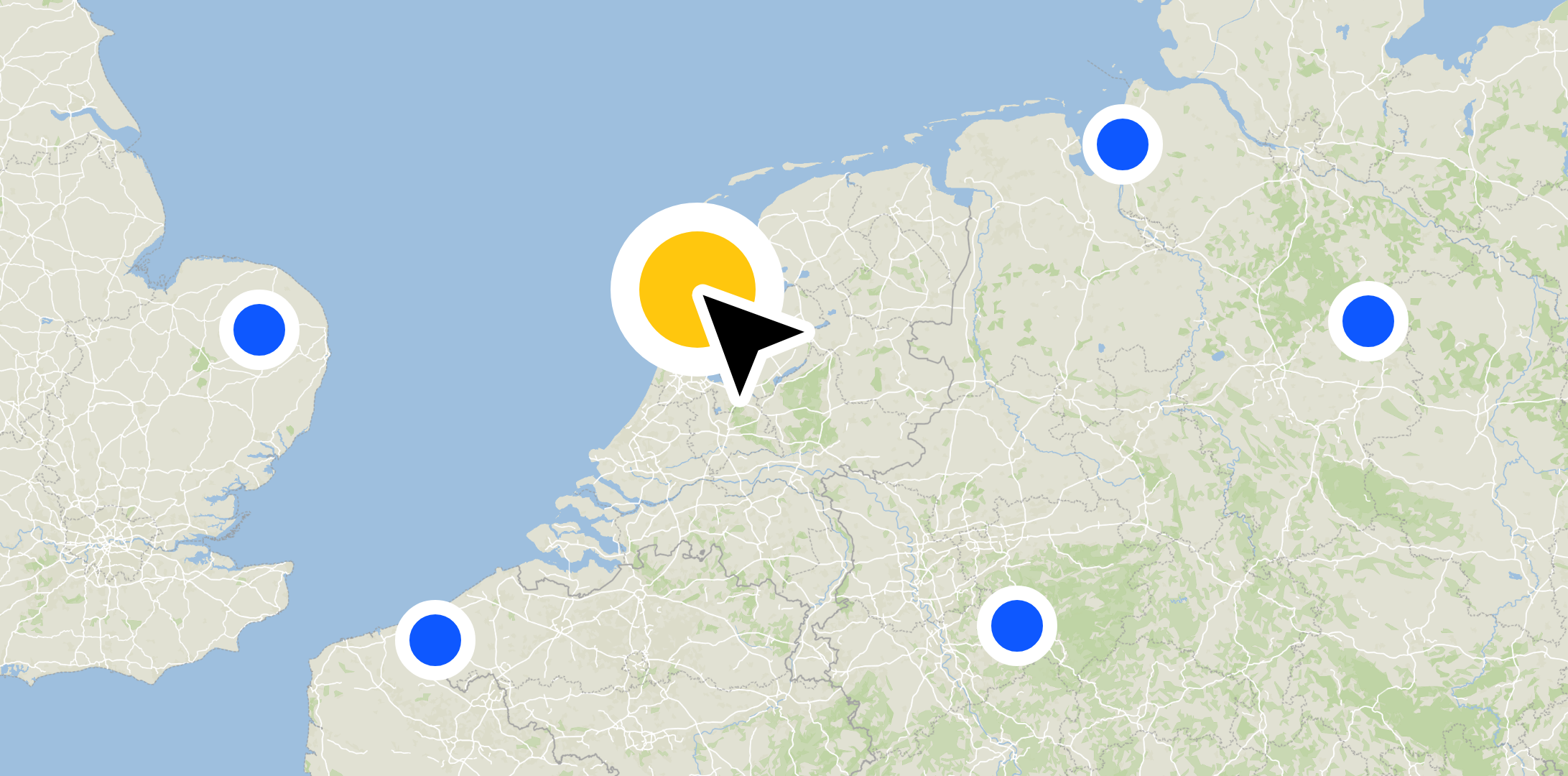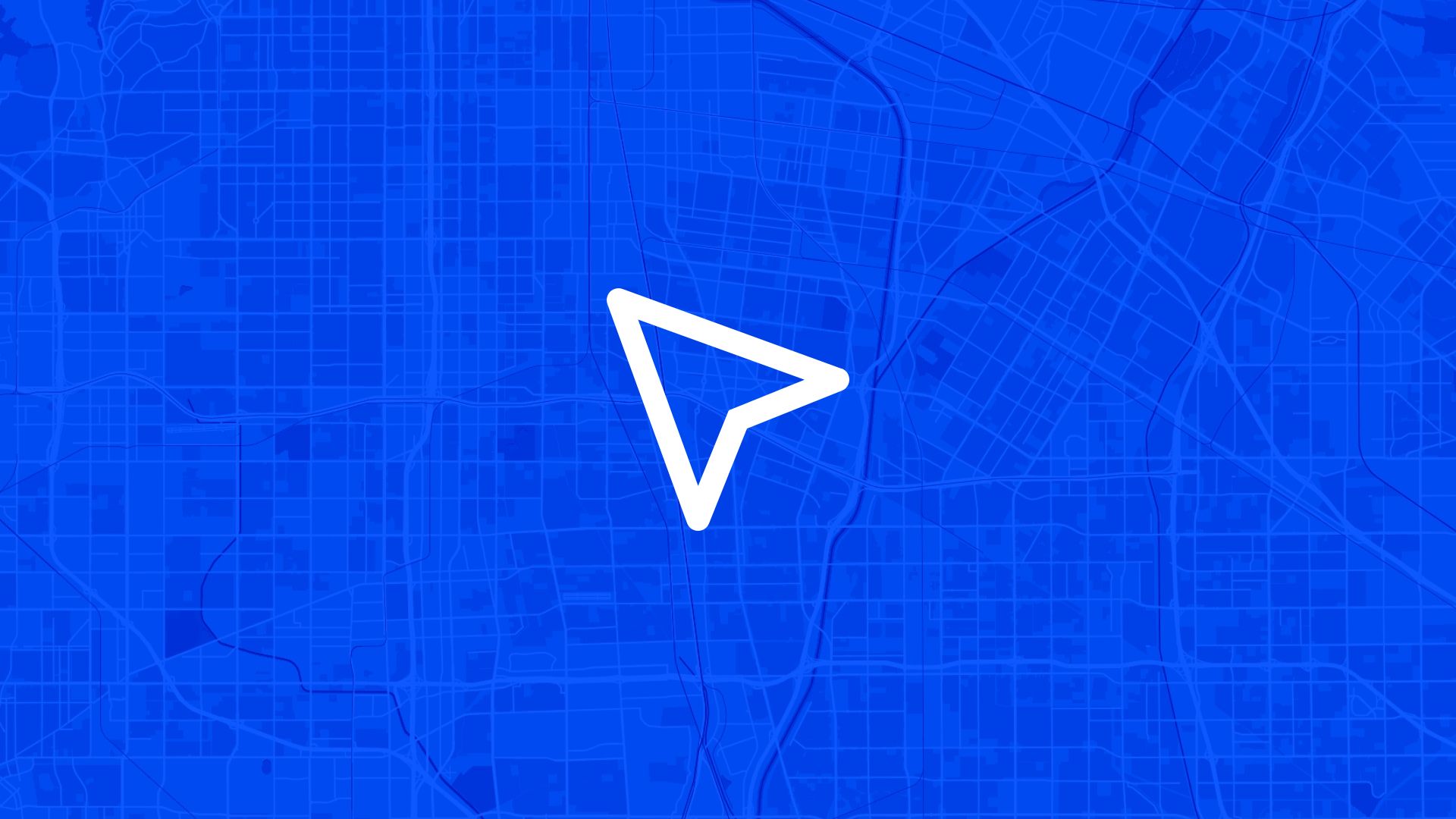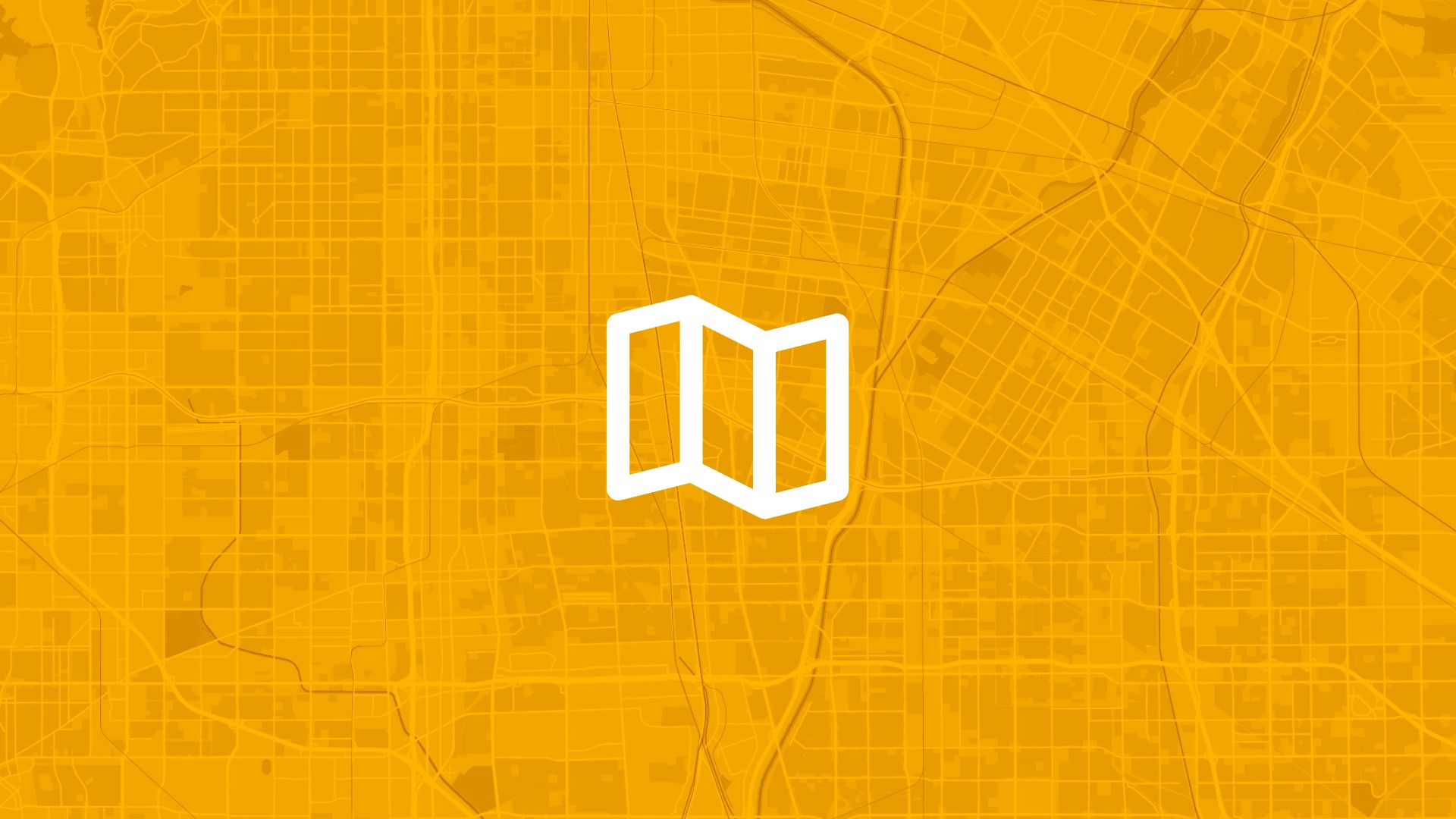Maps are powerful tools for visualizing data, planning logistics, and engaging audiences. Whether you’re creating an interactive map for your website, planning a delivery route, or analyzing geographic data, choosing the right map editor can make a big difference.
But with so many options, how do you decide which one suits your needs?
In this guide, we’ll break down what to look for in a map editor and help you make an informed choice. Plus, we’ll share why platforms like Atlas.co are worth considering for modern mapping needs.

1. Understand Your Use Case
Start by defining why you need a map editor. Your requirements will shape your choice.
- Basic Visualization: If you’re simply plotting points on a map, lightweight tools like Google My Maps or Canva may suffice.
- Advanced Data Analysis: For GIS professionals managing spatial data and analysis, robust tools like QGIS or ArcGIS are essential.
- Interactive Mapping: If your goal is to create dynamic, shareable maps (like for a marketing campaign or live tracking), you’ll need a feature-rich editor like Atlas.co that emphasizes interactivity and collaboration.
The clearer your objectives, the easier it is to identify a suitable tool.
2. Key Features to Look For
a. Data Import and Export
Your map editor should seamlessly import and export data in multiple formats. Look for compatibility with:
- CSV or Excel for basic data uploads.
- GeoJSON or KML for geographic data.
Tools like Atlas.co simplify this process by allowing you to upload datasets and instantly visualize them on interactive maps.
b. Layer Management
Managing layers effectively is vital if you’re working with multiple data sets. The ability to toggle layers on and off, reorder them, and adjust transparency is critical.
c. Customization
A good map editor lets you:
- Adjust colors based on attribute values and add labels with icons and text.
- Add your branding or logos.
Customization is especially important for professional projects or client-facing deliverables.
d. Interactivity
Interactive maps enhance user engagement. Features like clickable markers, tooltips, and search functionality make maps more dynamic. Atlas.co stands out here with its focus on user-friendly interactivity, ideal for embedding maps on websites or sharing with teams.
e. Real-Time Updates
If your map involves live data (e.g., tracking vehicles or displaying real-time statistics), ensure the editor supports live updates.
3. Ease of Use
Not everyone is a GIS expert, so the tool you choose should match your technical skills.

- For Beginners: Look for tools with drag-and-drop functionality and pre-built templates. Atlas.co is an excellent option here, offering an intuitive interface designed for ease of use.
- For Experts: Advanced GIS tools like QGIS and ArcGIS provide granular control but come with a steep learning curve.
4. Pricing and Budget
Map editors range from free tools to enterprise-level solutions. Consider your budget and how pricing aligns with your needs.
- Free Tools: Platforms like QGIS are open-source and great for tight budgets.
- Subscription Models: Tools like Atlas.co or Mapbox offer tiered pricing, starting with affordable plans for smaller projects.
- Enterprise Solutions: If your organization needs extensive customization, solutions like ArcGIS Pro might be worth the investment.
With Atlas, you can start with basic features and scale up as your needs grow, making it budget-friendly and flexible.
5. Collaboration and Sharing
If your maps need to be shared or edited by others, look for tools that support collaboration. Features like team access, commenting, and version history are essential for larger projects.
Atlas.co excels in this area, offering easy sharing and collaboration capabilities. Whether you’re working with teammates or presenting to stakeholders, Atlas makes it simple to keep everyone on the same page.
6. Integration with Other Tools
Your map editor should integrate seamlessly with the tools you already use.
Consider:
- Does it connect with data platforms like Google Sheets or Salesforce?
- Can it pull data from your CRM or project management software?
7. Performance and Scalability
If your map includes large datasets or complex visualizations, performance is critical. A slow map editor can frustrate both creators and end-users.
8. Support and Documentation
A reliable support system can make a huge difference. Look for tools that provide:
- Responsive customer support.
- Detailed documentation, tutorials, and guides.
- A community of users for troubleshooting.
9. Test Before Committing
Many map editors offer free trials or demos. Take advantage of these to test usability, performance, and features. Create a sample map to see how well the tool meets your needs.
Why consider Atlas.co?
Atlas stands out as a modern, user-friendly map editor designed for both beginners and professionals. Here’s why it’s worth considering:
- Ease of Use: No GIS expertise required—just upload your data, customize your map, and share it.
- Interactivity: Create dynamic, interactive maps that engage your audience.
- Collaboration: Share maps with your team or clients and edit them together in real-time.
- Scalability: Start small and scale as your mapping needs grow.
Whether you’re creating a one-off map for a project or managing complex datasets, Atlas is a versatile choice. It's also free to use and you can signup here.
Conclusion
Choosing the best map editor requires understanding your goals, evaluating features, and considering ease of use, pricing, and scalability. Tools like Atlas.co provide a perfect balance of simplicity, interactivity, and functionality, making them ideal for modern mapping needs.
Take the time to explore your options, and don’t hesitate to test-drive platforms before committing. With the right map editor, you’ll turn data into powerful, actionable maps that make an impact.





